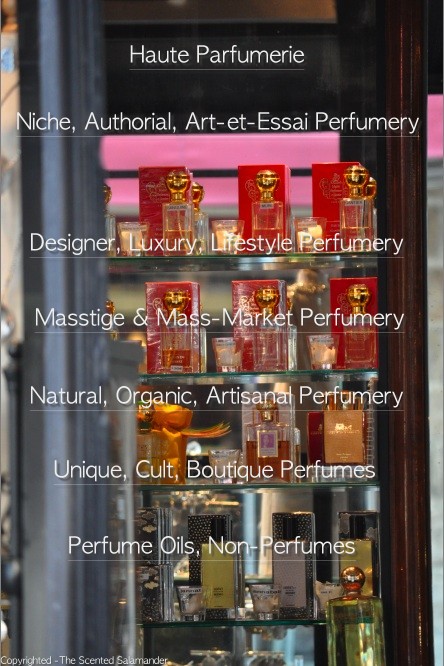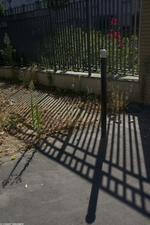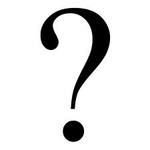How I Think about Perfume when I Review Them: A Practical-Theoretical Outlook on the Perfume Shopping Culture {Scented Thoughts & Essays}

I thought that it would be useful for readers to better understand my thought process when I review perfumes, to lay it out explicitly. And especially, the way I compare perfumes between themselves inside categories which allow for comparison. This system rests upon the idea that there is a shopping culture with certain biases and expectations. In this shopping culture, there are high-brow and low-brow levels from the standpoint of cultural evaluation, and there are worries also around what sociologist Pierre Bourdieu has termed "social distinction."
From a perfume critic and reviewer point of view however, my evaluation efforts rest on a desire and an ideal to debunk myths and invite people to pay more attention to genuine olfactory beauty and originality by denouncing not just olfactory stereotypes, but cultural stereotypes as well, as I have found out it is more and more needed in a context where niche perfumery has tremendously expanded - if not developed that well - and become the official refuge against crass commercialism...
Where there is such an easy solution, more complex realities can be suspected.
It may thus be argued that it is worthwhile to travel across some socio-cultural categories of the perfume shopping culture to see if olfactory stereotypes can be found both in high-brow perfumery and low-brow perfumery.
The answer is easily, yes. Mediocrity exists in all areas of the perfume world and neither a high price tag, nor a sleek minimalist bottle are guarantees that you will be purchasing a sincere, thoughtful, well-done and original perfume composition.
In principle, the quest for beautiful perfumes should know no barrier, especially mental ones. This is our belief. There are great perfumes, even in the mass-market. The economy of scale and the perfumers' love for their vast, potential audiences can help explain these successes.
The perfume shopper should thus be able to travel high and low without any impediments and make the choices she or he wants to make freely, while seeking useful information. If you were restricted in your choices to just one geographic market, that would be a pity too. You are a North-American or an European, but you don't want to be limited in your horizontal choices by regional launches and majoritarian tastes. You want to break free and not be weighed down by stereotypical tastes and focus panels smelling of the mean.
The same goes for vertical olfactory explorations. In some cases, it may be entirely justified to save money to buy an expensive perfume, in other cases, it may just as well be justified to not tarry and run outside to go get a lovely bottle of Choc by Pierre Cardin, Bath and Body Works Black Raspberry Vanilla, Pino Silvestre Classico or Maroussia by Slava Zaïtsev at the drugstore or pharmacy. Some perfumery gems are to be found in drugstores and malls, and they smell wonderful while presenting admirable qualities of composition.
To further help separate the wheat from the chaff I have therefore devised a convenient empirical system based on constant and eager observation of the landscape of cotemporary perfumery, as it currently plays out. I usually work with 7 main categories which I call "realms of acquisition." I have found out that they present particular characteristics in terms of who wants to purchase what, what the expectations are, what the price tags are, what their typical characteristics are, where the art of perfumery is concerned.
They are:
• Haute Parfumerie or Perfumery
• Niche, Authorial, Art-et-Essai Perfumery
• Designer, Prestige, Lifestyle Perfumery
• Masstige & Mass-Market Perfumery
• Natural, Organic, & Artisanal Perfumery
• Single-Issue, Cult, Boutique Perfumery
• Perfume Oils, Non-Perfumes.
To be continued....








